Art As A New Form Of Life – Theo Jansen
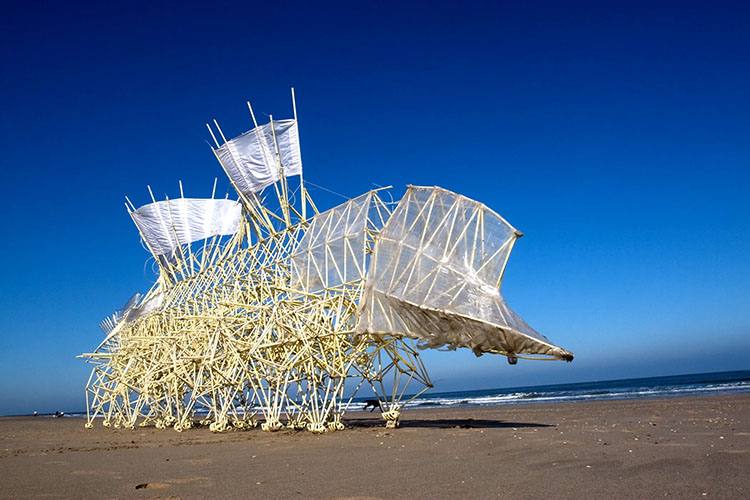

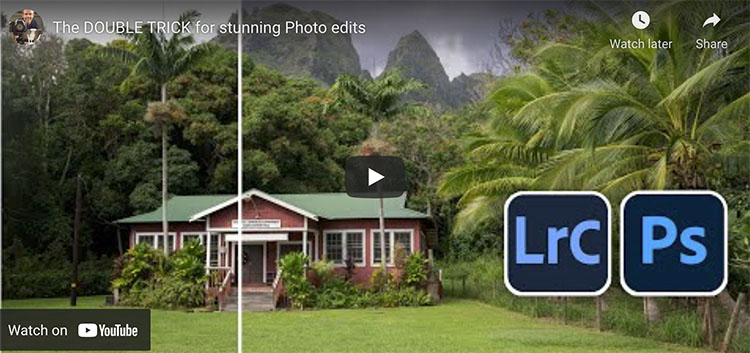
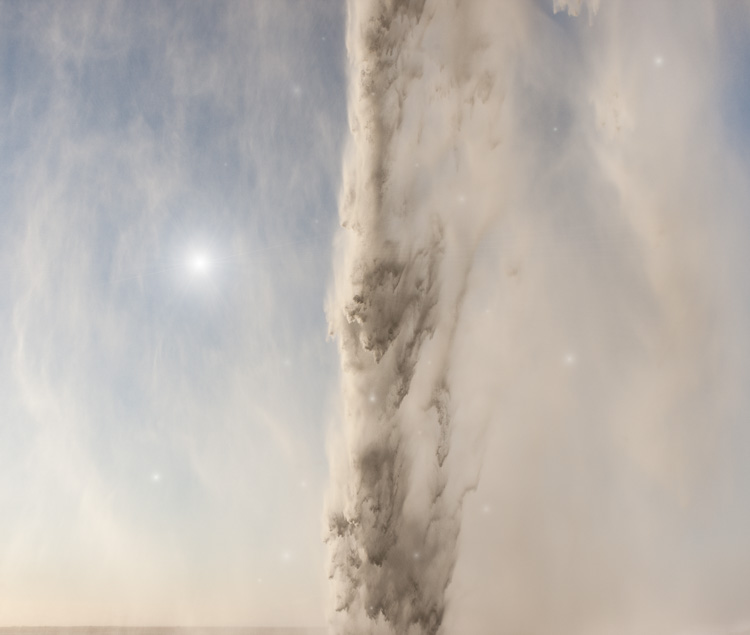
Highlights are crucial to most images, with a few notable exceptions. If highlights are too dull, the whole image feels flat and suppressed. So, many people try to make them as bright as possible without losing detail. (This is a classic practice that’s part of a style, but some photographers prefer even fuller highlights. Edward Weston and Minor White were two such photographers.) In an attempt to make their images glow more, some people go so far as to make images overly bright, washing out midtone contrast, saturation, and clipping highlights, removing detail at the very top of the tonal scale and producing flat white areas. This is a graphic style more than a photographic style – or at best lo-fi rather than hi-fi solution that often requires additional compromises to image quality to feel convincing. Plus, it renders the frame no longer rectangular.
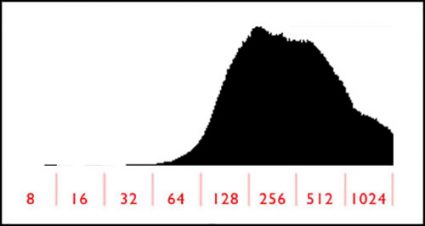
Don't take ETTR to an extreme.
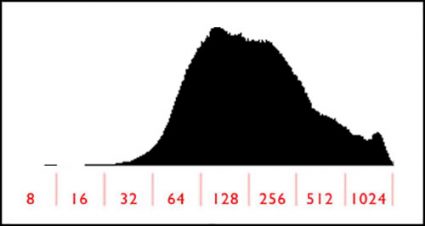
Do make your exposures light without clipping.
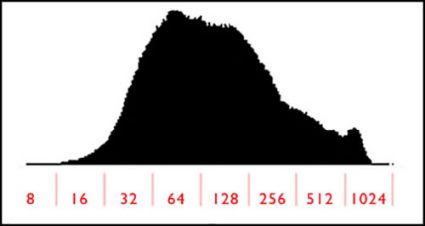
Process your files darker.
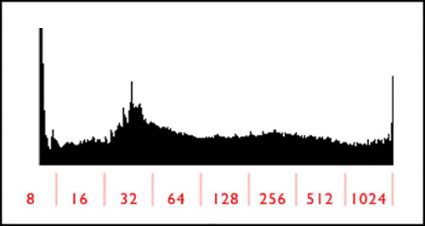
If you've got clipping in both shadows and highlights, use HDR bracketing.
Exposure
Good highlight detail starts with exposure. Get it. You have to have it to optimize it. This is one of the two reasons to monitor your histograms during exposure; the other is shadow detail. As long as you don’t “hit the wall” on the right-hand side of the histogram, your file will be fine. Remember, the histogram on your camera is based on the JPEG your camera would produce, while the as yet unrendered Raw file has even more data in the highlights. Don’t take ETTR (expose to the right) to an extreme. At some point, data will be clipped, and just before the point data starts to clip, it will start to lose gradation and shift in color.
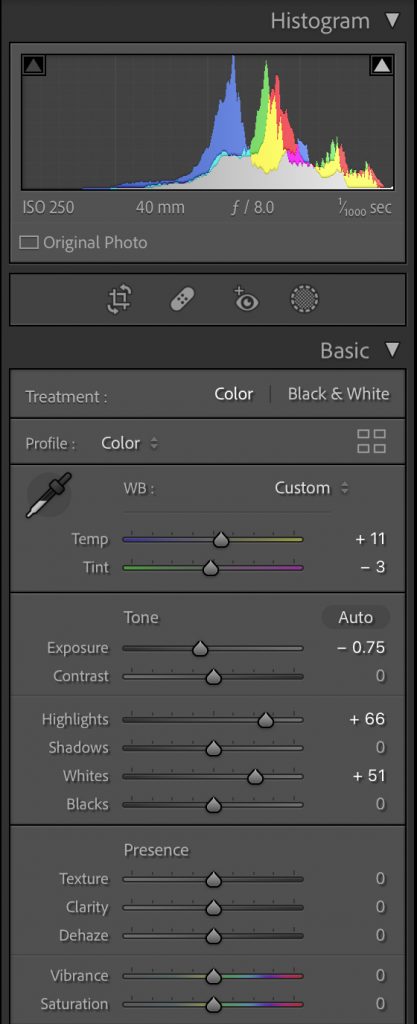
Basic Panel
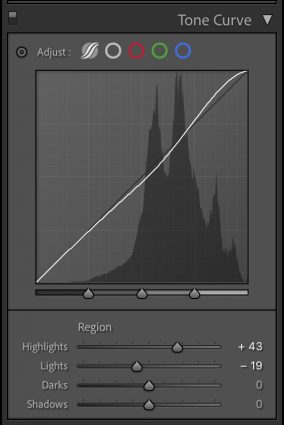
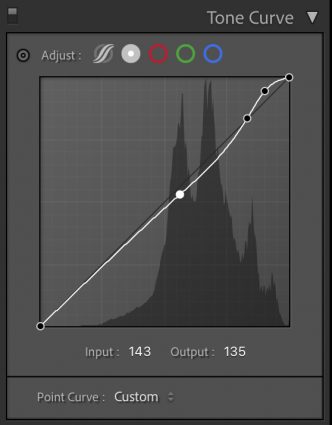
Parametric Curve and Point Curve
Processing
You’ll get more contrast by having something to contrast with; in this case, highlights contrast with shadows. Set them first. The darker shadows are, the more contrast you’ll get. (Losing shadow detail is avoided in a classic style but may be done intentionally for more graphic, gothic, or grunge styles.) Similarly, if you weigh midtones lower, highlights will appear brighter. Every range of tones (shadows, midtones, and highlights) can have its own kind of contrast. To produce more separation in highlights, focus on setting the point where they transition into midtones as low as possible without making the image look too dark. What’s too dark? Subjective. Trust your gut and do it your way.
Recently I had a wide-ranging conversation with Richard Bernabe for his Beyond The Lens podcast. I shared stories about being raised in a family of artists and how making art has helped me deepen my connections with the natural world and sustain me during these challenging times. I hope you find inspiration and fuel for your creative life when you listen to it.
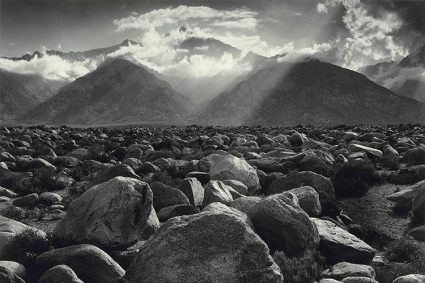
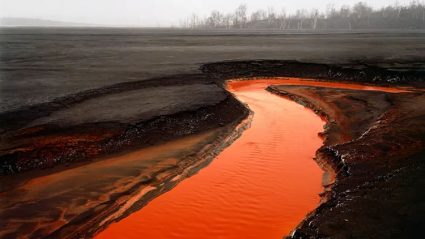
“Build a large visual library.” is Howard Schatz’s excellent recommendation for photographers at any stage of their journey. For decades, he has continued to do this himself well into a highly successful career, consuming images voraciously. While he haunts bookstores, he doesn’t mean just buy a lot of books with pictures in them. He means to learn to see (more versatilely, contextually, and deeply) look at a lot of images.
What are some of the benefits of exposing yourself to more images?
1 You’ll see more possibilities.
The amazing variety of images (subject, style, context) will inspire you to try some of the things you see.
2 You’ll see more of what’s been done.
Becoming familiar with a medium through its history, you’ll see the sensibilities of eras, past fads, current trends, and enduring themes.
3 You’ll develop a repertoire.
Identifying successful techniques (composition, exposure, development) that have been repeated by many different artists is the first step to incorporating some of them into your practice.
4 You’ll see what hasn’t been done.
Once you know what’s been done, you’ll be able to imagine what hasn’t been done and may fill that gap, either with a bit of twist or a giant leap.
5 You may even combine things that have been done into new combinations.
A little of this mixed with a little of that may become a new thing.
There are more benefits to exposing yourself to more images, but isn’t this enough to get started? The principle is simple. If you look more, you’ll see better. I recommend you make it your lifelong practice. It’s a pure pleasure.
Complexity
Intuited Order
Eliot Porter saw a more complex geometry in nature.
All types of artists look closely at their influences; particularly as they’re finding their own voice, or at key stages in their creative development, for many, it’s a lifelong process. The comparisons and contrasts are illuminating and inspiring. You can get more out of this process if you simply state the nature of an influence in one sentence, one phrase, and one word.
Doing this will help you to both better understand and more effectively communicate the nature of your influences. Usually, this doesn’t happen instantly. First, it takes identifying who or what the influence is. You probably have so many influences that you’ll want to choose the ones that are most important to you to develop. Which are those? If all you do is identify this, your time will be well spent. Go a little further and you’ll get more benefits. Take a little time to uncover your thoughts about an influence; associate freely. Finally, take a little time to edit what you’ve gathered; cutting the words that aren’t quite right, keeping the ones that are, and searching for even better ones. Very often, the connections between ideas and feelings and their progressions won’t be clear until you start organizing them, but once you see them you’ll find new windows into your own work.
With this kind of writing, single words, word pairs, phrases, unfinished sentences, lists, outlines, and mind maps are more effective. Make it personal. Don’t worry about being judged and don’t judge yourself. Forget perfect. Don’t let spelling or grammar or penmanship be an issue; start, flow, and keep moving freely. This is your inner laboratory – and the only way to grant access to yourself is to use words. The goal of this kind of writing is discovery and clarity, not publication. Later, some of the material you gather during this process may ultimately lead to words you can use in conversations, interviews, and statements. Once you make your discoveries, you get to decide what’s better left unsaid … but you can only do that after you’ve found out what you have to say.
When you’re exploring your influences ask yourself a lot of questions. Questions guide exploration. Try these questions …
What is the essence of the influence?
Is it physical?
Is it emotional?
Is it intellectual?
Is it the whole thing or few particular things?
If it’s many things at once, what is the relative weight of each of those things?
Does one influence share elements or qualities with other influences?
… but don’t stop here. Keep going.
At first, it might seem strange to generate a lot of information only to boil it down to a little, but if you try this you’ll find that the insights you’re left with will be more concentrated, help give you more focus, and be easier to act on. Simplicity has many advantages, not the least of which is simple things are easier to remember and easier to share. Never confuse simple-mindedness with simplicity. Simplicity often represents the height of sophistication, arrived at only after practice. If you can present a complex subject in a simple way without sacrificing essential content, you truly understand it.
Consciously consider your influences. You’re choosing what’s most important to you and how best to express that. (Sounds a little like making art.) When you do, you’ll understand and appreciate them better – and your own works too.
Read Why Tracking Your Influences Is So Important here.
Read Ranking Your Influences here.
Find out more about my influences here.
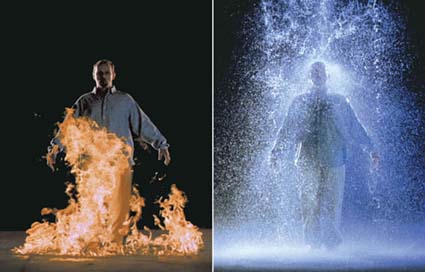
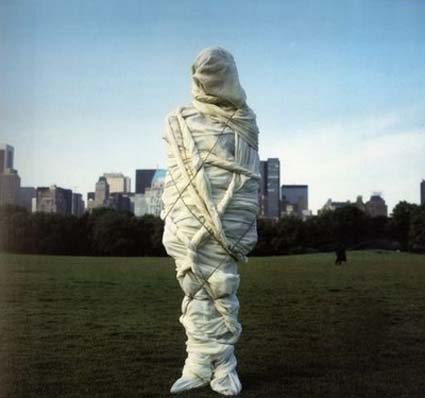
“Who are your influences?” It’s a question often asked by professors to help artists grow, critics to place artists’ work and ideas in context, and audiences to understand artists’ creations. It’s also a question we can ask to do all of these things for ourselves.
It’s one thing to list our artistic influences, it’s another to clarify how we are responding or what they mean to us. Moving beyond questions of what influences us to how and why they influence us deepens our understanding of and our connection to the things we are moved by.
When you have a realization, write it down. Writing not only creates a durable record you can refer to later, it also makes it far more likely that you will remember what you write. List all of your influences in one place and you’ll see connections between your influences by making comparisons and contrasts –sometimes finding these insights requires asking follow up questions like, “How do the relationships between these things indicate shared qualities and themes within my own work?” and “How can the difference between these things be used to create something new?” Date the times you are influenced and you’ll see how chain reactions of thoughts and feelings start, grow, and change. You can expand your understanding by writing more than lists. Write a simple line stating the essence of what the work means to you. You may find this process so rewarding that you write more in a short paragraph or two or three that will help you reveal more connections to other feelings, thoughts, and things to clarify the essence of your response, which you may repurpose in your own artist’s statements.
Sometimes an influence, rather than coming from another artist’s entire body of work, comes from a single piece, perhaps even an atypical work. Sometimes an influence comes from an artist working in a seemingly unrelated discipline. Sometimes an influence even comes from something we don’t like or resist. Of course, there are many other things that influence us besides other artists’ works and they’re worth tracking too.
Being self-aware is different than being self-conscious. During this process, silence your inner critic. The voice(s) that helps you evaluate ideas or results is not the same voice that sees new possibilities and generates ideas. This critical aspect of ourselves can be very helpful, selecting and refining, and strengthening the best ideas drawn from many, but it serves us best after a process of observation and generation, if it is active during those processes, it can stop the flow of thoughts and feelings. Here, don’t judge; just watch.
Observing our inner world, our thoughts and feelings, our associations and disassociations, our fixations and aversions, and their interconnections move rich material from the dark corners of our subconscious into the light of the conscious mind. If we do this, we can find more material to work with, we can ask generative questions to help us grow, we can make clearer/better choices, and it’s very likely that we will be more productive and more fulfilled. When awareness is present our artistic process becomes a journey of personal discovery, which is sometimes challenging but always rewarding.
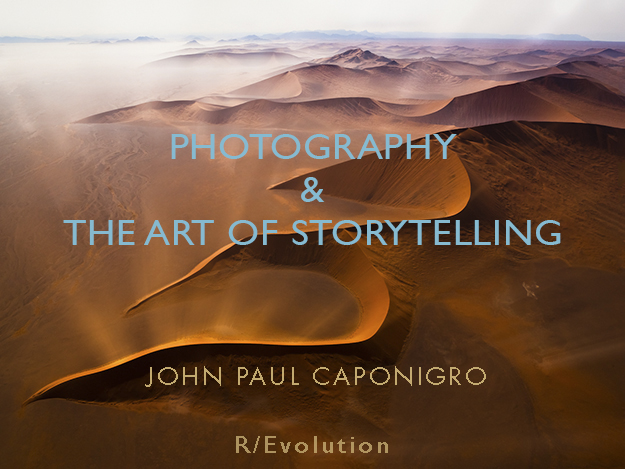
Ways Of Working With Influence
How To Overcome The Fear Of Being Influenced | Coming
How To Make Influences Your Own | Coming
Why Tracking Your Influences Is So Important
The 5 Benefits Of Looking At Other Artist’s Works
State The Nature Of The Influence On You Simply – One Word, Phrase, Sentence
What Was The First Photograph That Ignited Your Passion For Photography? | Coming
Gather Your Favorite Images Together | Coming
A Combination Of __ & __ | Coming
Why It’s Important To Seek More Influences | Coming
100 Great Photographers To Know | Coming
If You Like ___ Look At ____ | Coming
Make A Timeline Of Your Artistic Influences | Coming
How To Deepen Your Relationship With Influences Over Time | Coming
6 Ways To Map Your Artistic Influences | Coming
The 5 Benefits Of Cultivating Influences Outside Your Medium | Coming
How To Create Something New By Combining Your Influences | Coming
Learning From Negative Influences | Coming
My Influences – Photographic
Ansel Adams – Empowering Others
Edward Burtynsky – Manufactured Landscapes
Walter Chapelle – More Than Material
Richard Misrach – A Life’s Work
Robert and Shana ParkeHarrison – Environmental Metaphors
Eliot Porter – Environmental Advocacy Through The Arts
Aaron Siskind – Literally Abstract
Jerry Uelsmann – Visions From The Mind’s Eye
Joel-Peter Witkin – Looking Into Darkness
Four Nudes By Four Photographers
Top 20 Photography Books That Influenced Me
My Influences
Mark Rothko – Color As A Universal Language
Matthais Grunewald – Acknowledging The Beatific & The Demonic
Andy Goldsworthy – Ephemeral Collaborations With Nature

